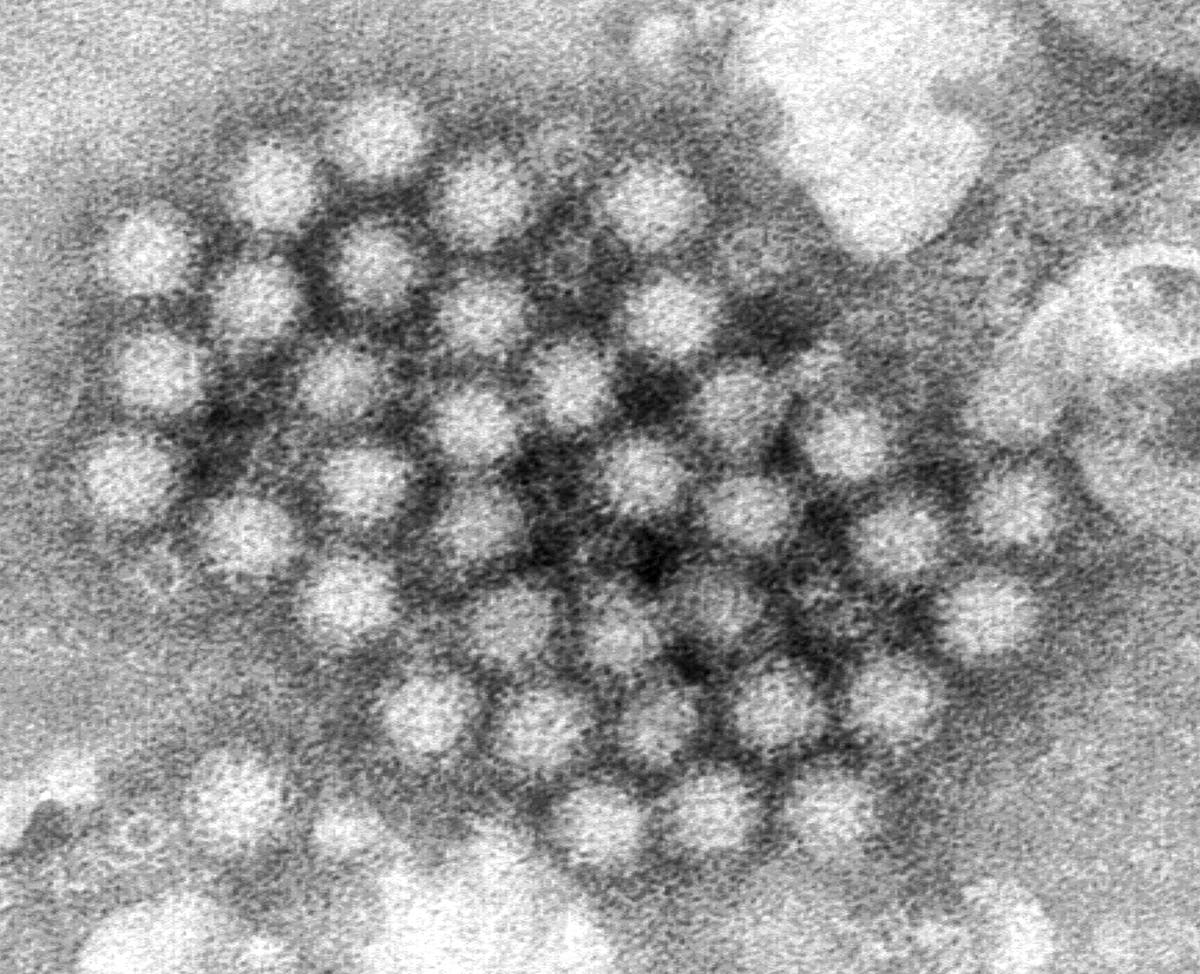The United States is experiencing a significant rise in norovirus cases, a highly contagious stomach bug, according to recent data from the Centers for Disease Control and Prevention (CDC). The surge has prompted health officials to issue renewed guidance on prevention and treatment of the illness.
Recent CDC figures indicate a notable increase in reported outbreaks. During the week of December 5th, 91 outbreaks were documented, marking a substantial jump from 69 the previous week. This surpasses the typical peak of 65 outbreaks observed in past years during the same period.
Norovirus is characterized by sudden onset of vomiting and diarrhea and is easily spread through direct contact with infected individuals, contaminated surfaces, food, or water. Outbreaks are commonly seen in crowded environments such as cruise ships, nursing homes, and schools.
The virus is a leading cause of foodborne illness in the U.S., accounting for 58% of such infections. As few as 10 viral particles can cause illness, with symptoms like nausea, stomach pain, body aches, headaches, and fever.
Most people recover within one to three days, but norovirus leads to significant health burdens, causing an average of 900 deaths, 109,000 hospitalizations, and 465,000 emergency room visits annually. Elderly individuals and young children are most vulnerable to severe complications like dehydration, which can lead to severe health issues.
Currently, there is no specific medication to treat norovirus; the primary course of action focuses on rehydration through fluids, while avoiding drinks with alcohol, tea and coffee. Dehydration, which manifests through reduced urination, dizziness, and dry mouth, requires medical attention.
Health experts emphasize that strict handwashing is critical to prevention. Regular and rigorous handwashing for at least 20 seconds with soap and warm water, alongside the disinfection of surfaces, is the key to curbing transmission.







